Quick Airline Information:
✈Airline IATA* code: PR
✈Airline ICAO* code: PAL ✈Founded: 14 November 1935 (as Philippine Aerial Taxi Company)
✈Website: www.philippineairlines.com✈Alliance: None✈History
✈Operations and Destinations 🌍
✈Fleet ✈️
✈Photo Slide 📷✈Safety Video 🎬
✈Airline reviews ⭐
*IATA: (International Air Transport Association)
*ICAO: (International Civil Aviation Organization)
History Menu:
On November 14, 1935, the Philippine Congress approved the franchise of Philippine Aerial Taxi Company Incorporated to provide mail, cargo and passenger service particularly in the island of Luzon. However, the company became dormant for six years on its scheduled passenger operation under its assigned routes. On February 26, 1941, Philippine Air Lines, Inc., was formally incorporated by a group of businessmen headed by Andrés Soriano. At that time, he was hailed as one of the Philippines' leading industrialists and served as the general manager. He, and former Senator Ramón Fernández, who would become the future chairman and president, acquired the franchise of Philippine Aerial Taxi Company Incorporated, transforming it into the new Philippine Airlines. The airline’s first flight took place on March 15, 1941 with a single Beechcraft Model 18 (NPC-54) on daily services between Manila and Baguio. It carried two pilots and five passengers on its maiden flight.
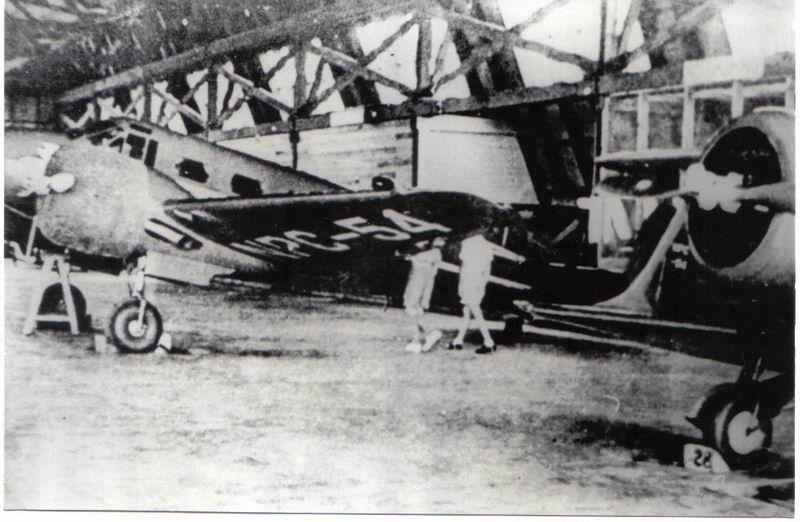
PAL services were interrupted during World War II, which lasted in the Philippines from late 1941 to 1945. Upon the outbreak of the Pacific War on December 8, 1941 the two Model 18s were put into military service. On February 15, 1946, PAL resumed operations after a five-year hiatus with service to 15 domestic points with five Douglas DC-3s . Philippine Airlines returned to its original home, the Nielson Field in Makati. The airport, heavily damaged during the war, was refurbished and modernized by PAL. The airport was operated by Manila International Air Terminal, Inc., a wholly owned PAL subsidiary.
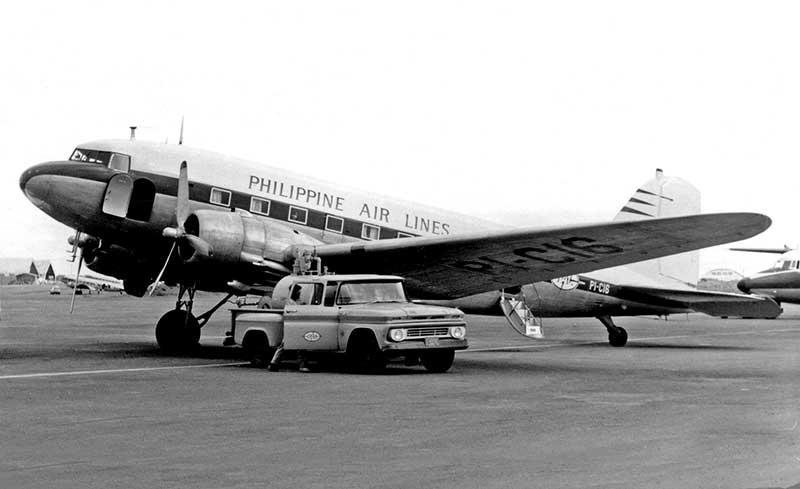
On July 31, 1946, PAL became the first Asian airline to cross the Pacific Ocean when a chartered Douglas DC-4 ferried 40 American servicemen to Oakland, California from Nielson Airport. A regular service between Manila and San Francisco started in December 1946. During this time, the airline was designated as the country’s flag carrier. PAL commenced service to Europe in 1947 with the acquisition of more Douglas DC-4s to Rome and Madrid, thus earning the distinction of being the first airline in Southeast Asia to fly to Europe. Each flight took two days with stops at Calcutta, Karachi and Cairo. By the end of the year, the service was extended to London.
By 1948, PAL had absorbed the only other scheduled airlines in the Philippines, Far Eastern Air Transport and Commercial Air Lines. In 1951 PAL leased a DC-3 named "Kinsei" to Japan Airlines, which led to the founding of the country's own national airline. In 1951, Service to Taipei starts with the DC-3. In 1952, The first Douglas DC-6B is delivered, and inaugurate service to Zurich and Frankfurt.
In March 1954, the Philippine government suspended all flights to Europe, Japan and the United States, only to resume five years later. In three years PAL started services to Hong Kong, Bangkok, and Taipei using Convair 340s that would later be replaced by the Vickers Viscount 784, which brought the airline into the turboprop age.
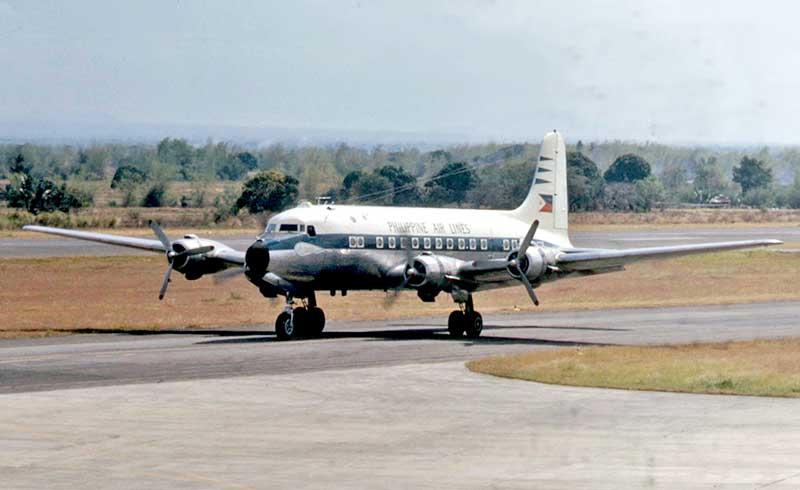
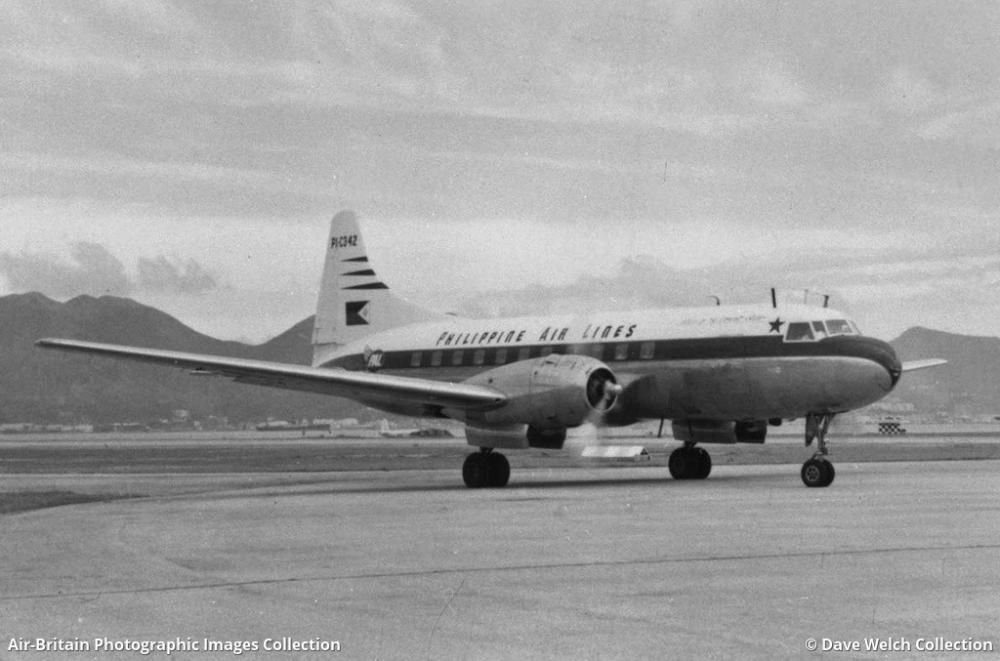
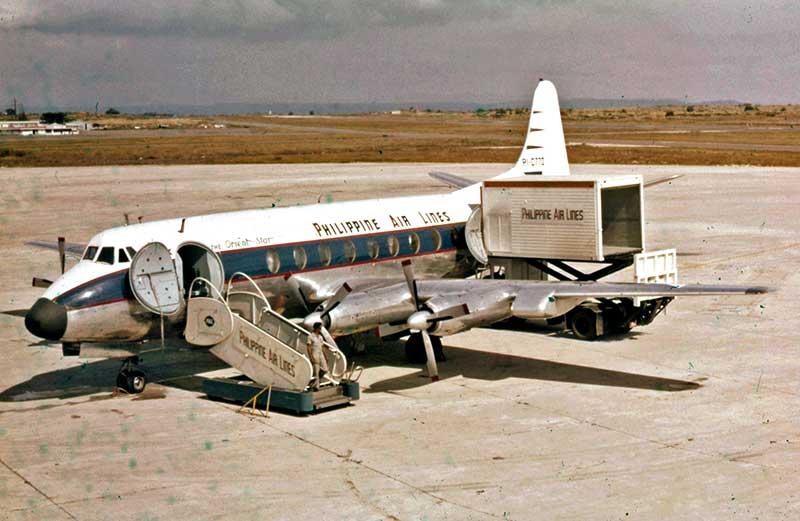
In the 1960s, PAL entered the jet age, initially with a lone Boeing 707, later replaced with Douglas DC-8 aircraft leased from KLM Royal Dutch Airlines in 1962, used for long-haul international flights to Europe and the United States. The DC-3 remained the mainstay of domestic services as it expanded to a total of 72 points as airports were improved or opened, however the robustness of the DC-3 was ideal for these airfields. In 1966, PAL commenced its first jet services to Cebu, Bacolod, and Davao using the BAC1-11. In addition, PAL was also privatized, as the Philippine government relinquished its share in PAL.
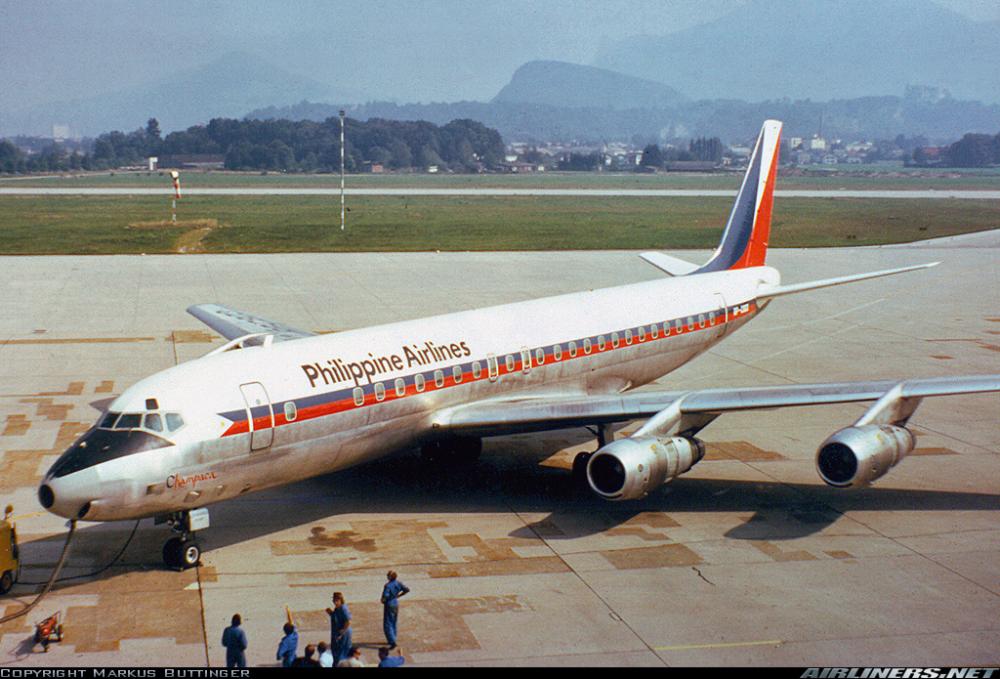
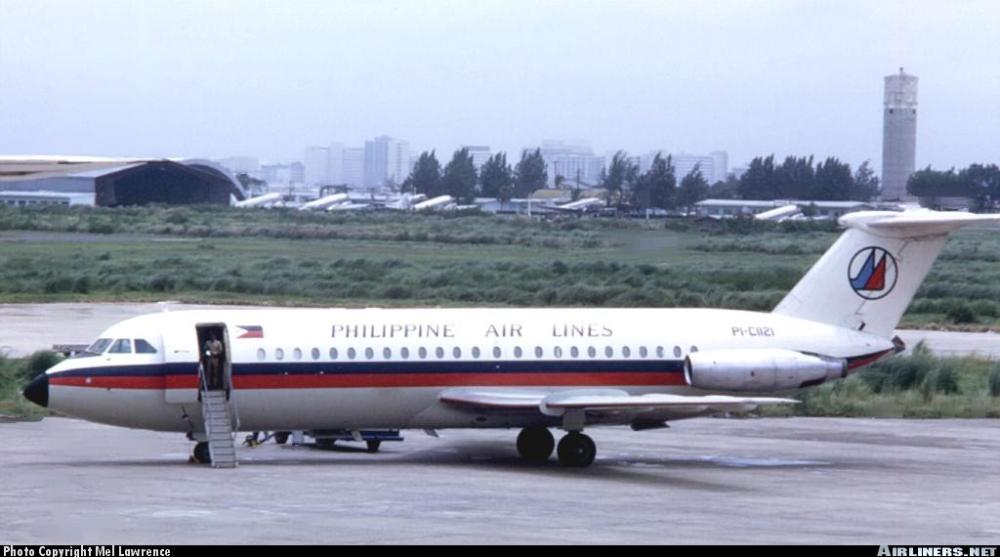
A year after the declaration of martial law in 1972, Ferdinand Marcos, during his second presidential term, implemented a monopolizing decree of a one-airline policy. PAL was the lone surviving airline, absorbing Air Manila and Filipinas Orient Airways. On March 10, 1973, PAL was re-designated as the national flag carrier. PAL continued its expansion with the arrival of its first Douglas DC-10 in July 1974. Three years later, the Philippine government re-nationalized PAL, with the Government Service Insurance System holding a majority of PAL shares.
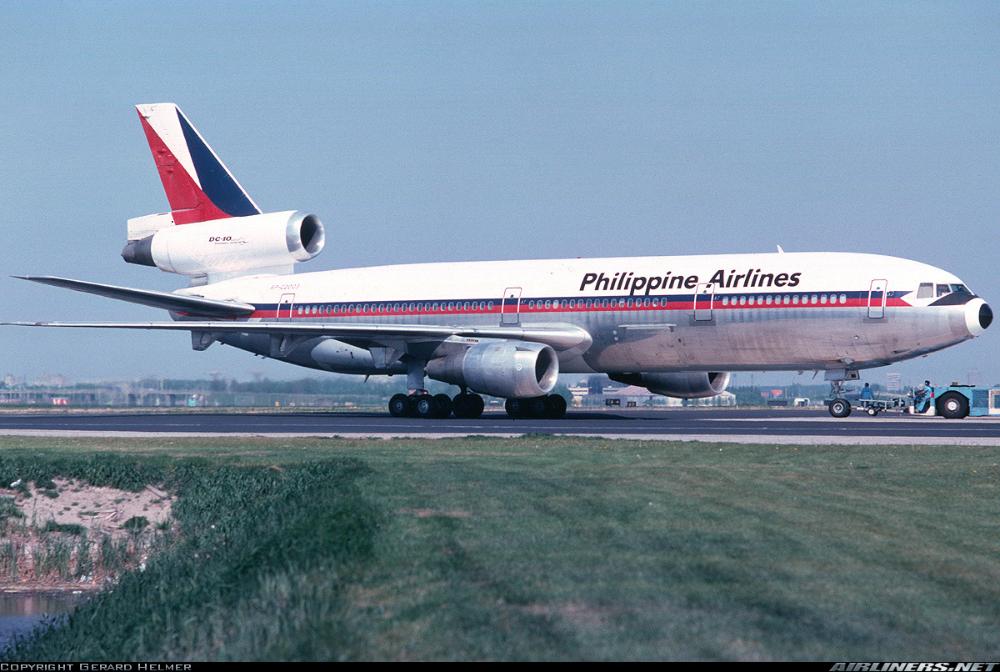
In 1979, the Boeing 727, the Boeing 747-200B and the Airbus A300B4 joined the PAL fleet, while PAL's DC-8 fleet was retired. In 1975, Philippine Airlines was headquartered at the PAL Building in Makati City. In January 4, 1980, The Philippine Airlines' Boeing 747–200 was the first of its kind to fly across the pacific. In addition to that, PAL was also the first airline to introduce numerous fully flat bed seats in one aircraft. The "Skybeds" were exclusive to first class in the upper deck.
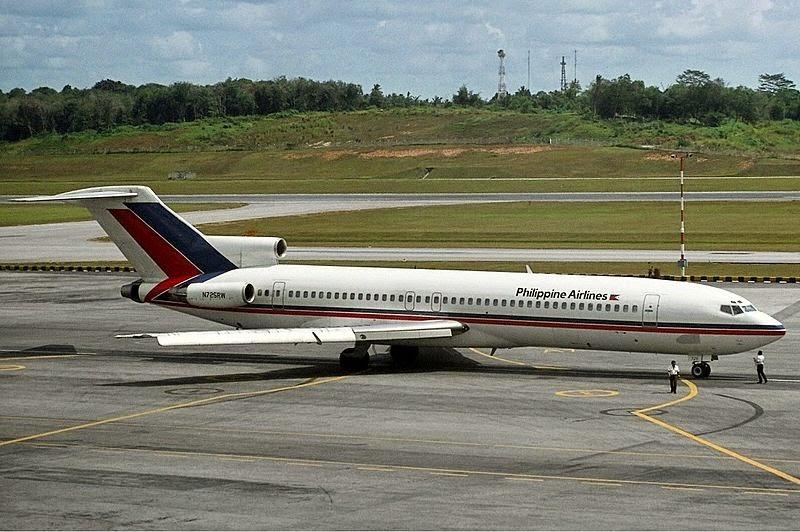
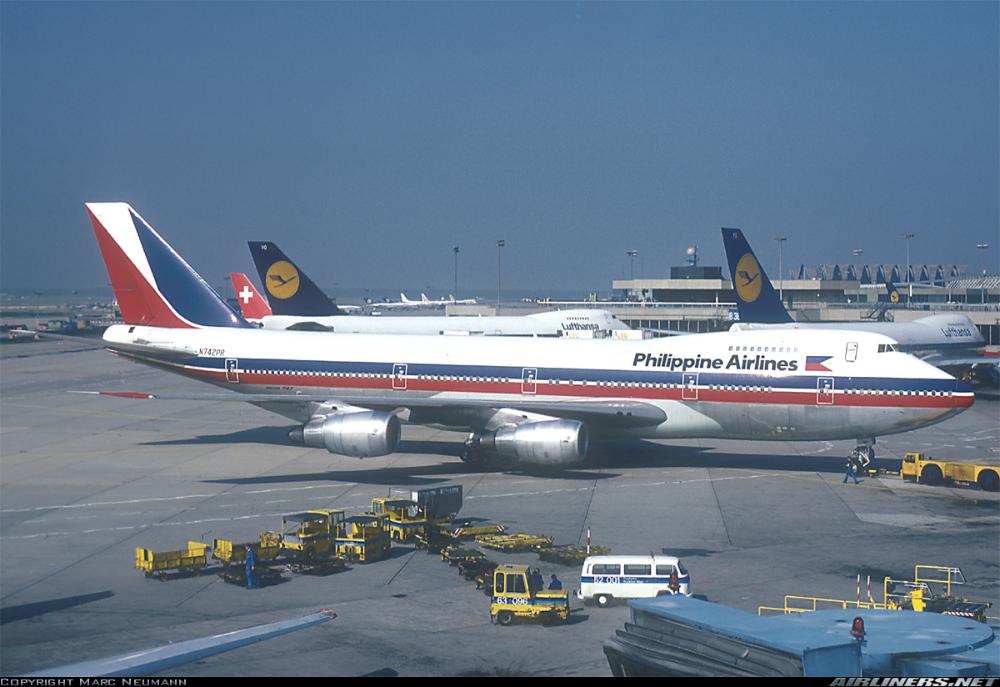
Services to Paris and Zürich began in November 1982. After Cruz's resignation to President Cory Aquino on the last day of the 1986 EDSA Revolution, Dante G. Santos became PAL president. He launched a massive modernization of the domestic fleet with the acquisition of the Short 360, in May 1987, the Fokker 50 in August 1988 and the Boeing 737–300 jet in August 1989. Corazon Aquino also abolished the one-airline policy in 1988 that had begun under Marcos.
PAL was privatized again in January 1992, when the government sold a 67% share of PAL to a holding company called PR Holdings. In November 1993, PAL acquired its first Boeing 747-400. The new 400-ton aircraft, one of the world's largest and most popular long-range aircraft was a mainstay of PAL's trans-Pacific services and its flagship aircraft until it was retired in 2014. A new service between Manila and Osaka, launched in 1994, brought to 34 the number of destinations in PAL's international route network.
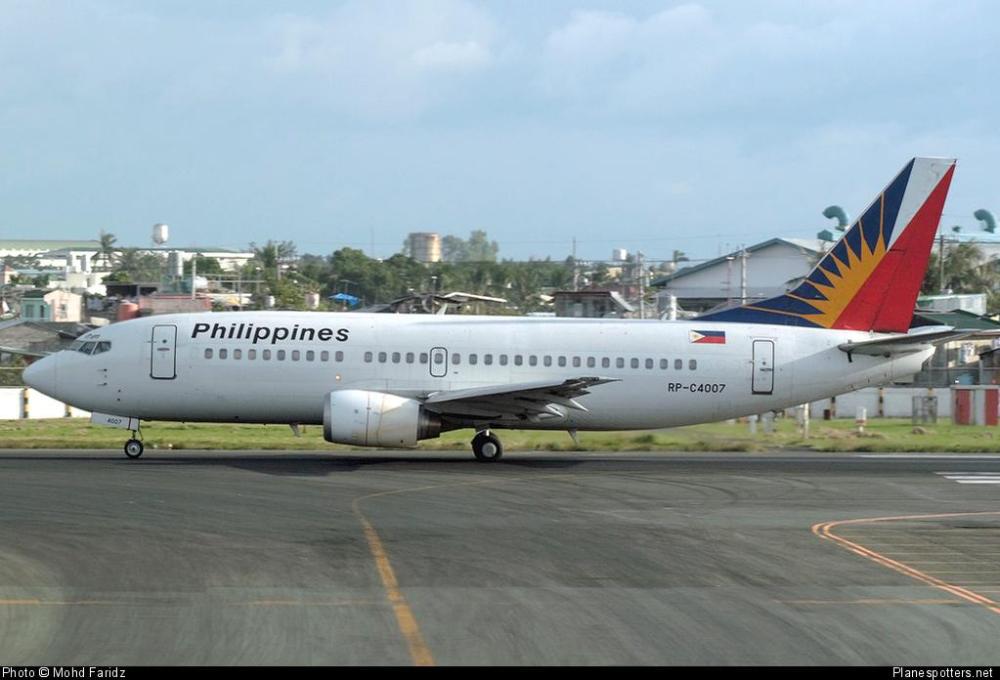
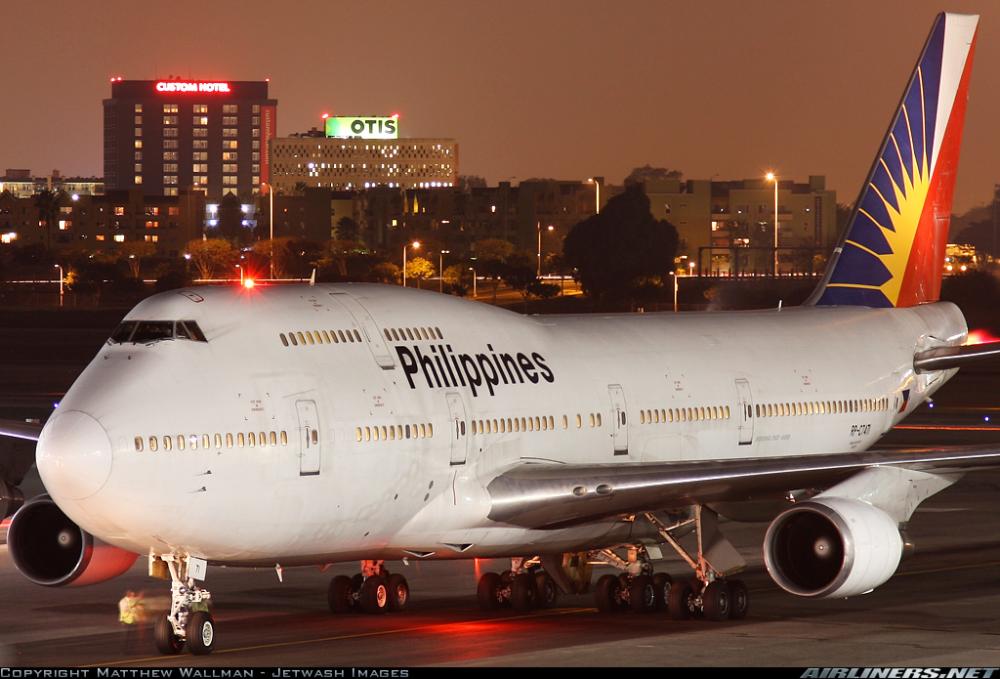
The PAL Domestic Terminal 2 was refurbished in 1995, with a number of facilities being added or improved, including a renovated Mabuhay Lounge, an exclusive check-in counter for Mabuhay Class passengers, an Express Counter, refreshment bar, amongst some of the improvements. Also, the airline decided to create a regional domestic subsidiary, so Air Philippines was launched on February 13, 1995, with a Boeing 737-200 between Subic Bay, Iloilo and Zamboanga. In 1996 six NAMC YS-11 and four Boeing 737-200 aircraft were acquired by the company also. (the regional airline would be later renamed as PAL Express in 2008).
The delivery of the carrier's fourth Boeing 747–400 in April 1996 signalled the start of an ambitious modernization and re-fleeting program that aimed to make PAL one of Asia's best airlines within three years. The centrepiece of the program was the acquisition of 36 state-of-the-art aircraft from Airbus and Boeing between 1996 and 1999. Orders included eight more Boeing 747- 400's, four Airbus A340-300's, two Airbus A340-200s, eight Airbus A330-300's and twelve Airbus A320-200's. The re-fleeting program enabled PAL to be dubbed the first airline in the world to operate the full range of new-generation Airbus aircraft.
.jpg)
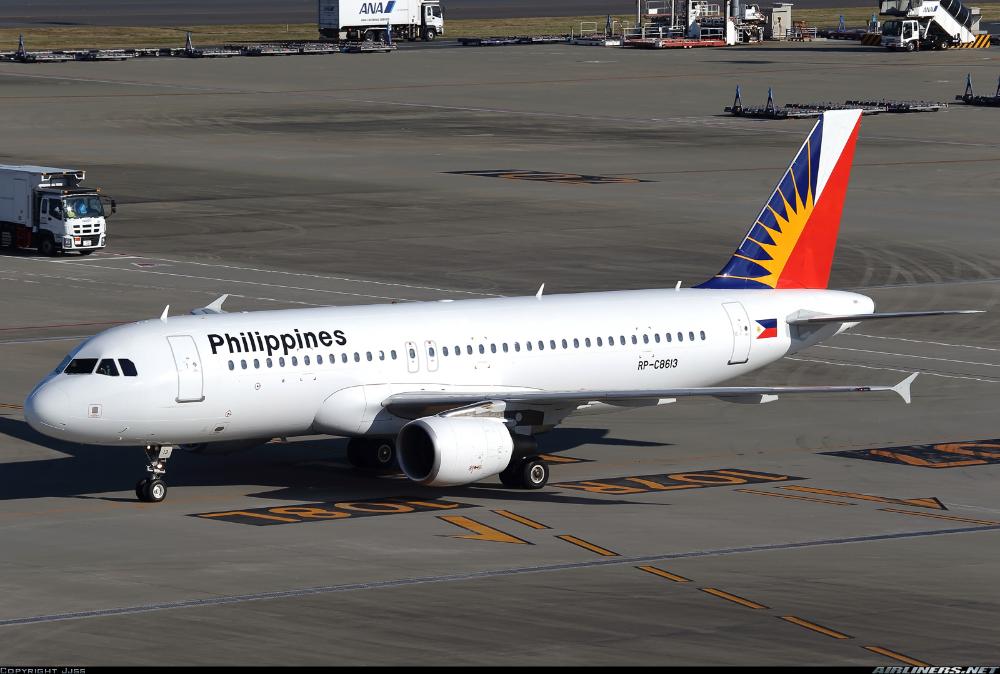
In 1997, PAL commenced services to New York City, using the Newark Liberty International Airport via Vancouver. The acquisition of too many aircraft matched with unprofitable routes forced the airline to be financially unstable. The re-fleeting program was about halfway through when the full impact of the 1997 Asian financial crisis struck the airline industry early in 1998. With massive lay-offs also taking place, disputes between the airline’s owners and the employee’s union led to a complete shutdown of PAL's operations on September 23, 1998. Cathay Pacific temporarily took over PAL's domestic and international operations during its fourteen-day shutdown. PAL resumed domestic operations on October 7, 1998 after an agreement between PAL employees and top management. On October 29, the flag carrier resumed international services with flights to Los Angeles and San Francisco, with other international services being restored three weeks later. Asian services resumed on November 11 with flights to Tokyo and Hong Kong. PAL gradually expanded its network over the next two months. In 1997, it also received the first of the Airbus A330 aircraft for long haul operations.
In 1999, PAL operations were moved to the new Centennial Terminal 2 of Ninoy Aquino International Airport, located at the site of the old MIA terminal building, consolidating PAL's flight operations in one terminal for the first In 2000, PAL finally returned to profitability, making some ₱44.2 million in its first year of rehabilitation, and continued to restore previously operated flights before the shutdown. Like other airlines, PAL was severely affected by September 11 Attacks in 2001. But, in 2003, PAL was restructured again. The Mabuhay Miles frequent flyer program was launched in 2002, combining PAL's former other frequent flyer programs.
In 2004, PAL launched services to Las Vegas to mark its 63rd year of service. PAL also returned to Laoag and started services to Macau on codeshare with Air Macau. PAL also continued an overhaul of its fleet with the arrival of two new Airbus A320-214s and continued modernizing its ticketing systems with the launch of electronic ticketing. In March 2005, PAL started services to Nagoya and restored scheduled flights to Beijing after a 15-year hiatus. In response to rival Cebu Pacific's increasing domestic market share, mainly due to its massive re-fleeting program and its own aging Boeing 737 fleet, PAL signed an agreement for the purchase and lease of up to 18 Airbus A319-112s and A320-214s from Airbus and GE Capital Aviation Services (GECAS) on December 6, 2005. The first brand-new, leased Airbus A319-112s were delivered to and inaugurated by PAL on October 20, 2006.
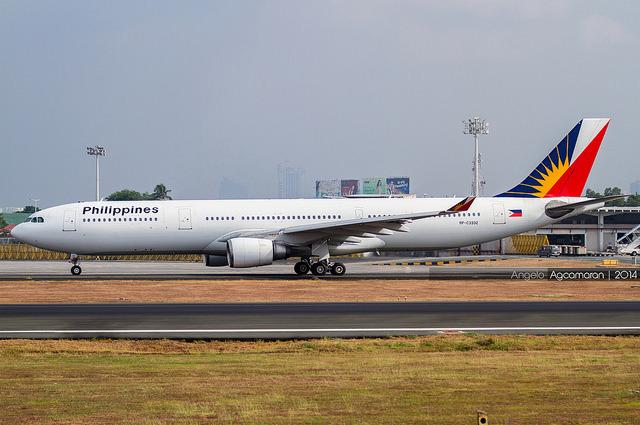
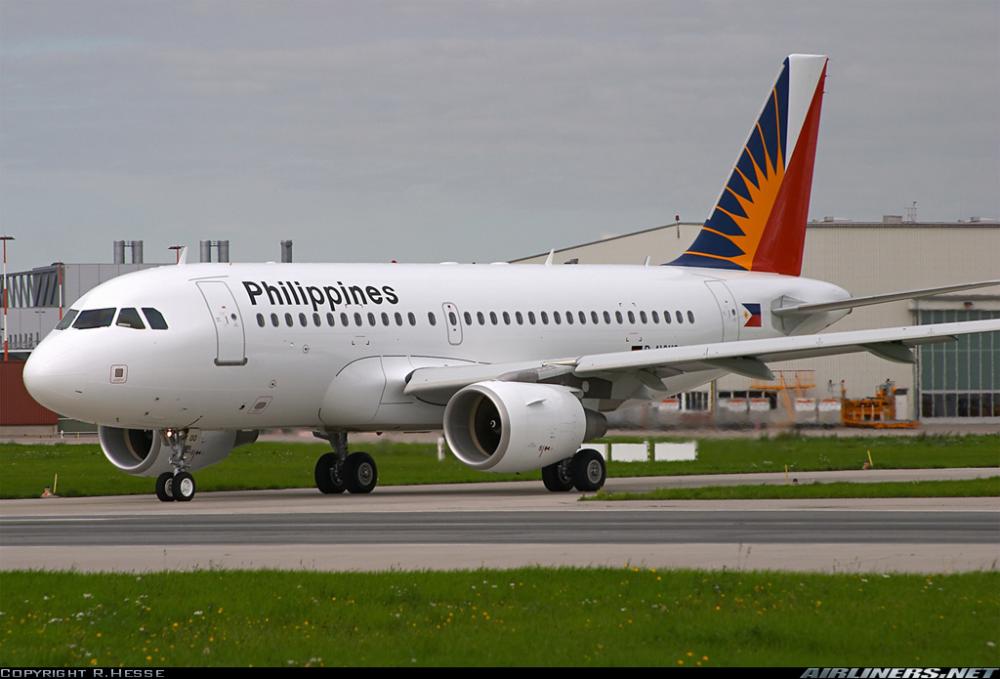
In December 2006, the airline initiated its wide-body re-fleeting program by signing a deal with Boeing for the purchase of two Boeing 777-300ER aircraft to be delivered in 2009. The purchase of the new 777-300ERs effectively cancelled previous orders for new 747-400s, ending the production of said aircraft.
On October 4, 2007, nine years after being financially crippled by the Asian financial crisis and subsequent downturns in the aviation industry, the Securities and Exchange Commission ordered the release of PAL from receivership. The airline immediately announced plans to attract foreign investments through an international road show to tour around Asia, Europe and North America. PAL continued its ambitious expansion plans, launching regional subsidiary PAL Express on April 10, 2008 to supersede the financially troubled Air Philippines, with a $150 million order for three 50-seat Bombardier Q300 and six 78-seat Bombardier Q400 aircraft. PAL Express operations began on 5 May with eight flights daily between Manila and Malay, while hub operations from Cebu City commenced on 19 May with flights between Cebu and five points in the Visayas and Mindanao.
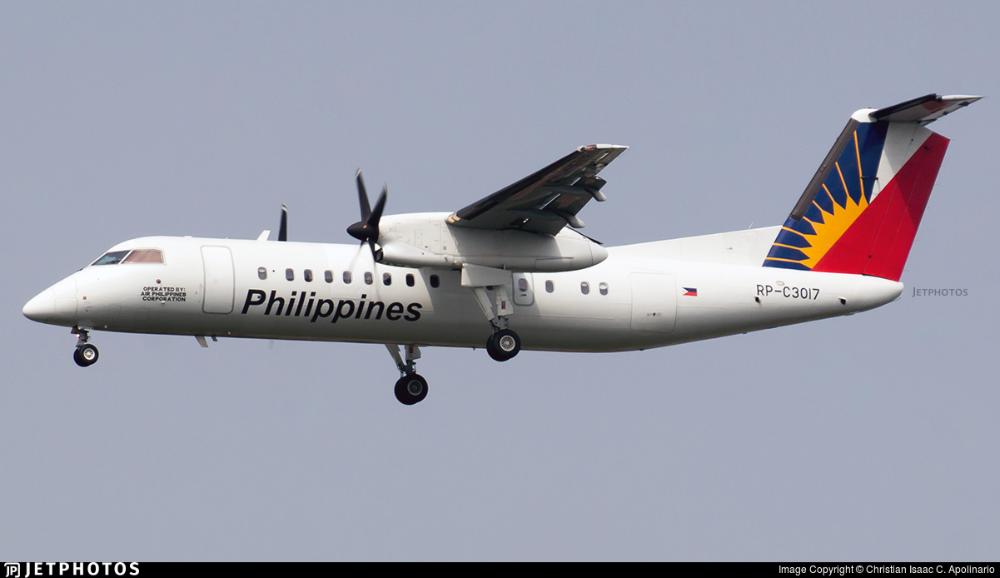
Despite PAL's successful exit from receivership, international safety concerns regarding the Philippine aviation industry severely hindered its expansion plans. The United States Federal Aviation Administration downgraded the Philippines' aviation industry from Category 1 to Category 2 in January 2008, preventing PAL from increasing its flights to the United States. On March 30, 2010, all Philippines-based carriers were placed in a EU aviation blacklist, banning PAL from flying to any European destinations. Nonetheless, PAL continued its route expansion plans in the Asia-Pacific region, resuming services to Riyadh with a four times weekly Boeing 747 service four years after it was suspended, as well as adding a twice weekly Airbus A330 service to Brisbane and three-times-weekly service to Delhi via Bangkok.However, the expansion proved unprofitable and all three routes were cancelled.
Despite these limitations on its expansion, PAL went ahead with its widebody refleeting program, receiving its first two Boeing 777-300ER aircraft on November 19, 2009 and January 2010 respectively, and another two leased from GECAS in 2010.
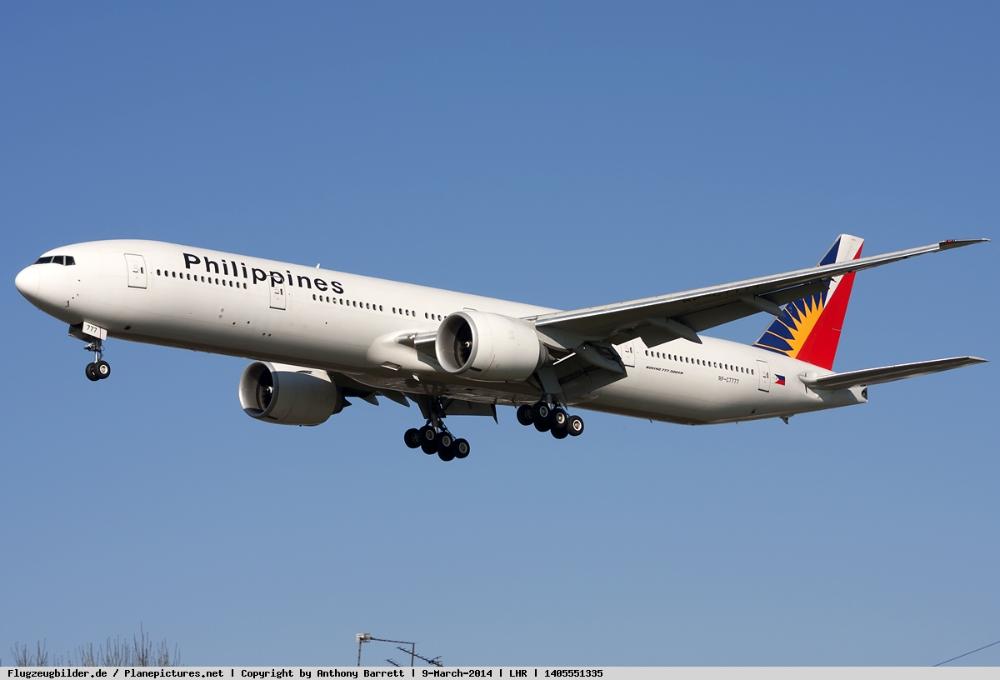
On April 4, 2012, San Miguel Corporation bought a 49-percent stake in Philippine Airlines for $500 million as part of a strategy to move away from its beer and food businesses. San Miguel, one of the Philippines' biggest conglomerates, said it planned to help modernise and strengthen PAL, renew its aging fleet and restore its competitiveness in the Asian aviation industry. PAL's first major initiative under San Miguel ownership was, on August 28, 2012, an order for 54 Airbus aircraft, comprising 44 Airbus A321 (34 with sharklets and 10 A321neo) and 10 Airbus A330-300. PAL took delivery of its first aircraft under this order in 2013.
Under San Miguel's management, PAL embarked on expanding its route network, involving both adding new and restoring previously terminated routes. In 2013, the airline announced its return to Abu Dhabi, Dammam and Riyadh, and launched new routes to Brisbane and Perth, as well as Doha and Jeddah. In 2013, PAL was removed from the EU aviation blacklist after three years of negotiations, and the carrier immediately announced its European plans, it launched flights between Manila and London Heathrow to commence in November 2013, its first European destination in 15 years. On October 23, 2014, Philippine Airlines announced the appointment of Bautista as the new President and COO of Philippine Airlines. Under Bautista's rule, Philippine Airlines deferred the deliveries of the Airbus A321neo that was supposed to be delivered from November 2017. Jaime Bautista also announced plans to replace its A340 fleet, with the choice of a new and modern Airbus A350 XWB or Boeing 787 Dreamliner. In addition to new aircraft, PAL has chosen to lease more 777's for its growing long haul flights.
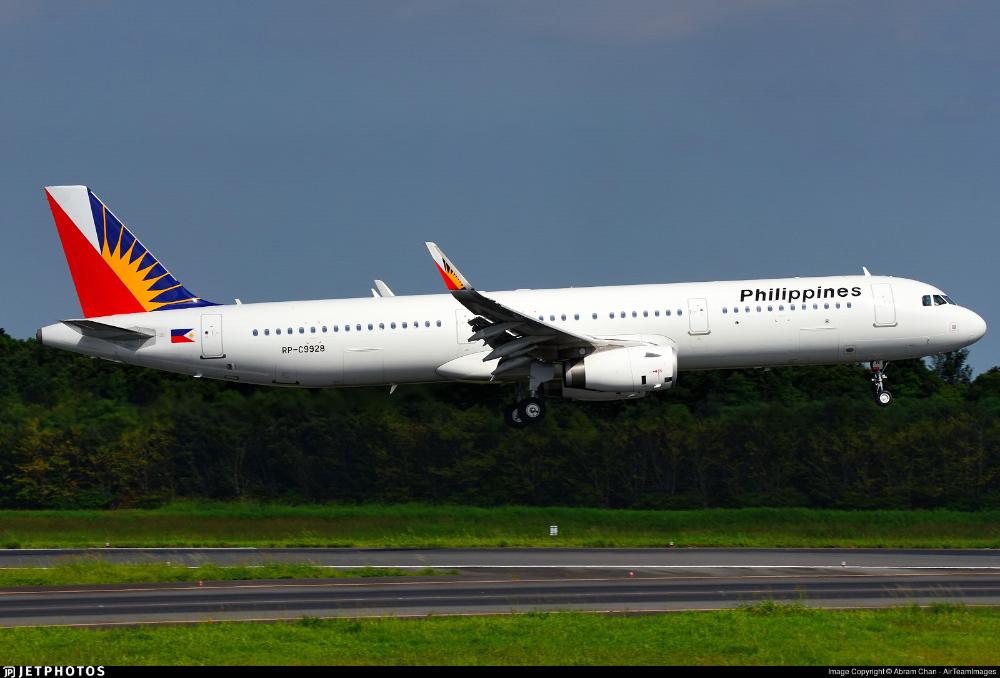
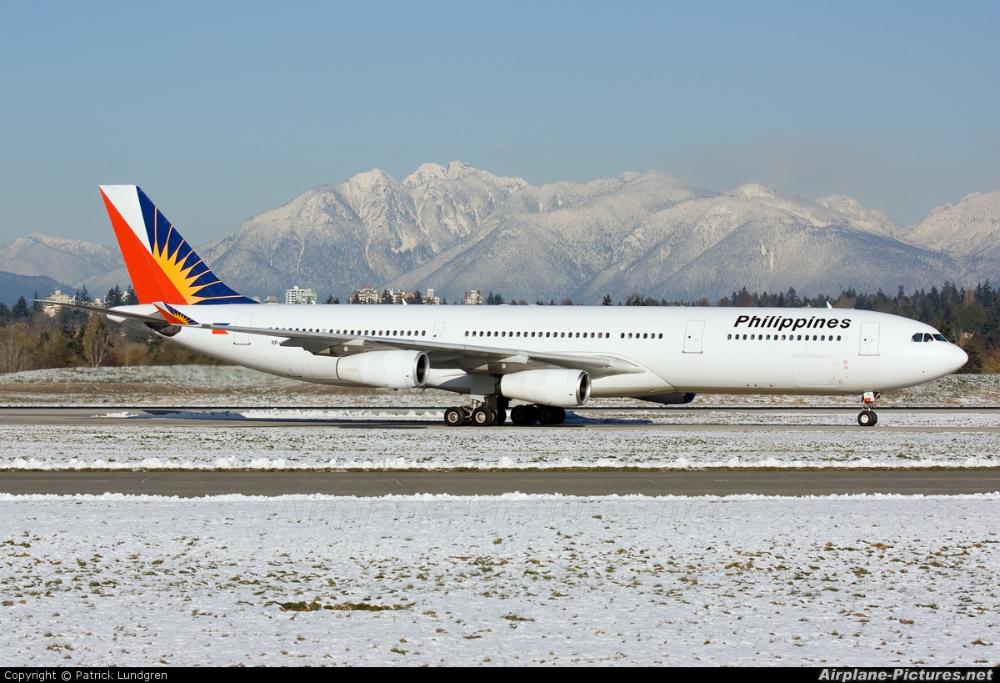
In March 2015, on the 74th anniversary of the carrier, Philippine Airlines resumed flights to New York City via the John F. Kennedy International Airport with a stopover in Vancouver from Manila, originally utilized the Airbus A340 for its flights, but in October 2015, PAL upgraded to the larger Boeing 777-300ER to increase seat capacity. In addition, Philippine Airlines expanded to the Oceania region by introducing flights to Auckland, New Zealand (via Cairns, Australia) and Port Moresby in Papua New Guinea. In 2016, Philippine Airlines announced the launching of flights between Manila and Doha, Manila and Kuwait City (via Dubai), and Cebu City to Los Angeles. Also in 2016, PAL acquired six Airbus A350-900, it will operate the aircraft on non-stop flights to the U.S. and Europe. On January 1, 2017, Philippine Airlines launched its first international destination from Clark, Pampanga to South Korea's capital Seoul.
On December 16, 2017, Philippine Airlines took delivery of its 9th Boeing 777-300ER to serve PAL's long haul routes in the United States. The airline also launched its non-stop flights to Toronto. On February 13, 2018, Philippine Airlines, continuing its fleet modernization program, expected delivery of fifteen aircraft for 2018, the first Airbus A350-900s, plus six Airbus A321neos, and 5 Bombardier Q400 next generation planes.
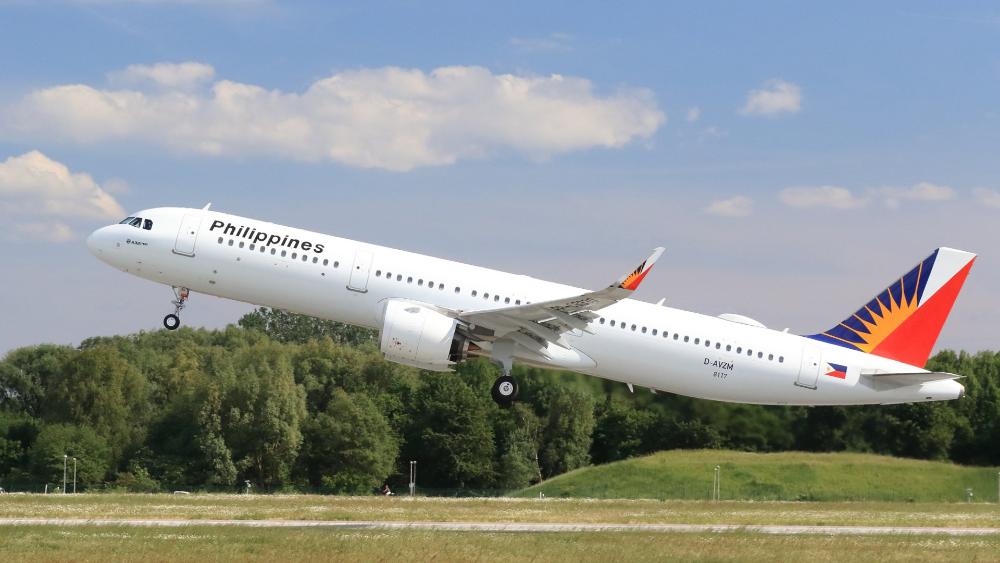
From June 1, 2018, the airline increased flights to Melbourne from three to five times a week, using the reconfigured Airbus A330s. On The other side in April 2018, it suspended flights to Kuwait due to low demand. It also suspended flights from and to Jeddah, Saudi Arabia. On September 18, 2018. Chorus Aviation and PAL signed a leasing agreement for 3 more Bombardier Q400s. The first non-stop commercial service Manila-New York using an Airbus A350 was launched in October the same year.
History source: Wikipedia.org + Philippineairlines.com
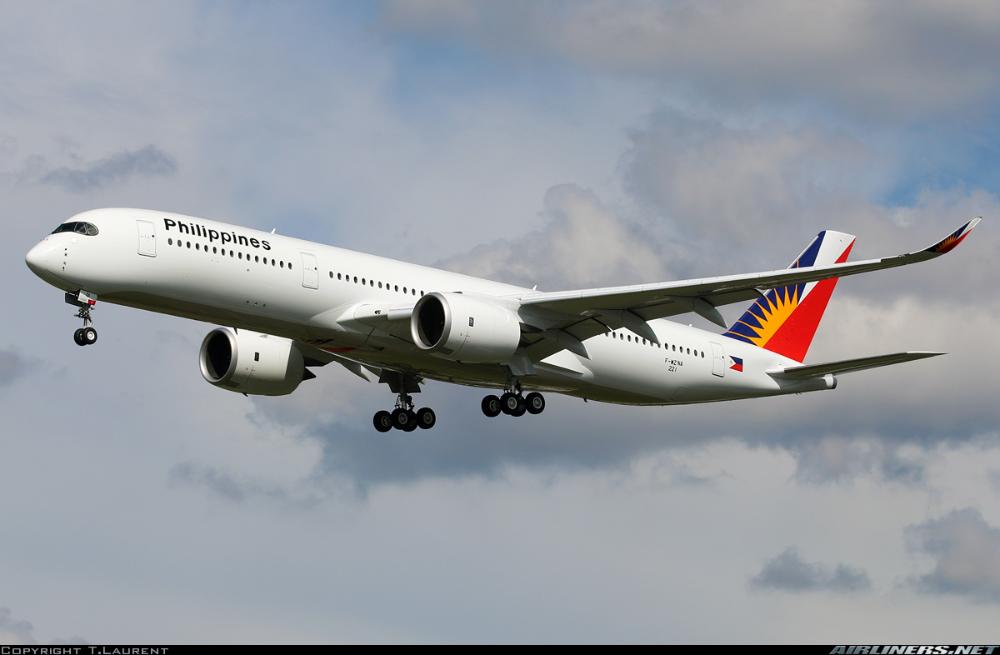
Operations and Destinations 🌍:
Philippine Airlines operates its primary hub at Ninoy Aquino International Airport, in Manila and three secondary hubs (Mactan-Cebu, Clark & Francisco Bangoy). The airline flies to 31 domestic destinations plus 58 destinations in 33 countries including in Asia, North America, Oceania, Middle East and Europe.
Philippine Airlines, excluding its regional airline PAL Express, flies to the following destinations*:
| Region 🗺️ | Destinations 🌍🌎🌏 |
|---|---|
| ✈Philippines (domestic) | Bacolod, Cagayan de Oro, Cebu, Clark, Davao, General Santos, Kalibo, Manila, Puerto Princesa (More routes by PAL Express) |
| ✈Asia | Bangkok, Beijing, Busan, Chengdu, Denpasar, Fukuoka, Guangzhou, Hanoi, Ho Chi Minh City, Hong Kong, Jakarta, Jeju, Kuala Lumpur, Macau, Mumbai, Nagoya, Nanning, New Delhi, Osaka, Phnom Penh, Quanzhou, Sapporo, Seoul, Shanghai, Singapore, Taipei, Tokyo (NRT, HND), Xiamen |
| ✈Oceania | Auckland, Brisbane, Guam, Melbourne, Port Moresby, Sydney |
| ✈North America | Chicago, Honolulu, Houston, Los Angeles, New York City, San Francisco, Seattle, Toronto, Vancouver |
| ✈Europe | London |
| ✈The Middle East | Dammam, Doha, Dubai, Riyadh, Tel Aviv |
Its regional subsidiary PAL Express operates additionally to the following destinations* in cooperation with Philippine Airlines:
| Region 🗺️ | Destinations 🌍🌎🌏 |
|---|---|
| ✈Philippines (domestic) | Bacolod, Basco, Busuanga, Butuan, Cagayan de Oro, Calbayog, Camiguin, Catarman, Caticlan, Cauayan, Cebu, Clark, Cotabato, Davao, Dipolog, Dumaguete, General Santos, Iloilo, Kalibo, Laoag, Legazpi, Manila, Naga, Ozamiz, Puerto Princesa, Roxas, San Jose, San Jose, Antique, San Vicente, Siargao, Tacloban, Tagbilaran, Tuguegarao, Virac, Zamboanga |
| ✈Asia | Chengdu, Nanjing, Kota Kinabalu, Sandakan, Saipan, Seoul |
*Destination list is for reference only. Please check directly with the airline for updates.
*Note some destinations are only seasonal.*Correct info as of Jan 2019
Fleet ✈️:
Philippine Airlines has modernized and re-fleeted its entire portfolio of aircraft in the last years to bring up to standards with the latest advancements in technology, safety and connectivity to offer a better product to its customer and increasing the appeal of the airline to be the number one carrier in Asia. The fleet totals over 100 aircraft, of the Airbus range for its short, medium and long haul routes with the exception of the Boeing 777-300ER which serves high density routes across the USA and Europe. In addition its regional airline, PAL Express uses a fleet of modern Bombardier Dash Q400 regional aircraft together with other Airbus equipment for popular domestic routes.
The fleet* of Philippine Airlines comprises the following aircraft:
| Network 🌐 | Aircraft ✈️ |
|---|---|
| ✈Regional (operated by PAL Express) | Airbus A320, A321. Bombardier Q300, Q400, Q400 Next-gen. |
| ✈Short and Medium Haul | Airbus A320, A321, A321 Neo, A330-300 |
| ✈Long Haul | Airbus A330-300, A350-900. Boeing 777-300ER |
*Correct fleet info as of Jan 2019.
Philippine Airlines Photo Slide 📷:
Philippine Airlines Safety Video (B777-300ER) 🎬:
Reviews ⭐:
 |  |
|---|---|
| ✅ Good promotions and offers when buying early. | 👎 Not a member of any Alliance (except code-share with individual airlines) |
| ✅ Included in the price is luggage and meals/refreshments. | 👎 Limited routes to Europe (only London LHR) |
| ✅ Excellent Service on-board | |
| ✅Good punctuality record. | |
| ✅ Good connections with Philippine Airlines operated flights and Pal Express, (operating from the same terminal building) | |
| ✅ Free online Check-in and seat allocation. | |
| ✅New aircraft in service and fleet modernization. (Airbus A321 Neo and A350-900) | |
| ✅Frequent flyer programme. (only PAL) |














.png)